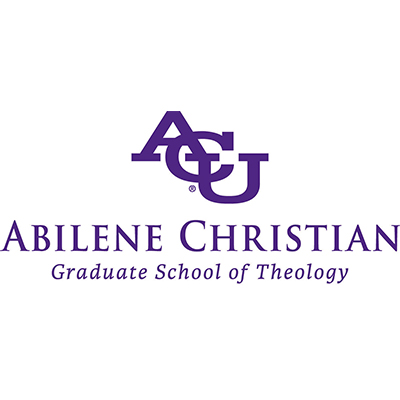With Psalm 41, we come to the end of the first book of the Psalter. When the collectors of the Psalms, working sometime in the 4th-2nd centuries BCE with older hymns and collections of hymns, put the finishing touches on their work, they divided it into five sections, mirroring the five books of the Pentateuch. It was their way of saying, this collection of poems counts for something in the life of Israel. We respond to the story of divine salvation by praising, lamenting, recounting, reflecting, and, in short, using all our artistic skills and emotional capital to express our innermost thoughts about life with the God of Heaven and Earth.
Psalm 41 makes several moves. First, verses 1-3 (Hebrew 2-4) offer a beatitude or macarism, a statement of what it means to be in a right state. The wise speaker of the psalm is one who cares for the poor and distressed. To identify with those in trouble is to speak the truth about oneself, since we are all in trouble at one time or another, and we are all vulnerable. The alternative to such an identification is a self-deluding attempt to distance ourselves from the destitute, sick, isolated, or otherwise vulnerable people in an effort to make ourselves more than they are. Such an attempt always fails because we are not really different from “them.”
The second move comes in verse 4 (Hebrew 5) and continues through verse 9 (Hebrew 10). Here the psalmist laments his or her own vulnerability, identifying with the suffering of others by acknowledging the hostility of others and seeking God’s help. Lament is thus intimately connected with the wise view of the previous section. Only the wise know how to lament properly! (Think about that a bit.)
The psalm’s third move stretches from verses 10-12 (Hebrew 11-13), with the final verse being the editorial marker of the end of Book One of the Psalter and thus a closing for all the first 41 psalms. The psalm itself originally ended with verse 12 (Hebrew 13), the conclusion of a three-verse statement of confidence in the Lord. The only way that wisdom’s recognition of life’s tragedies can escape a cynical or despairing view is through the realization that, despite all appearances, God is in charge of the world. Thus the psalmist expresses a trust that God delights in him or her and thus that God can be approached on that basis.
The psalm, though neither elaborate not especially innovative, marks a fitting end to the first section of the psalms. It deftly connects lament and hope, much as the first 41 psalms do as a collection. In the world of this psalm, God has not yet acted to save, but the psalmist believes that such salvation is only a matter of time. God will, at the right moment, work to save. Of this, the singer of the psalm, ancient or modern, can be confident.
A final set of thoughts: reaching this point in the Psalter allows me to take stock of where this series of posts has come so far. We have seen a wide range of ideas, images, and emotional states in the first 41 psalms. The diversity will only grow from here. But for now we can ask the simple questions, “what is a psalm, and why did the poems in this book get to be in it?” Part of the answer — not the whole — has to come from reading the entire collection, one after the other. When we do that, we see the effect that the collectors were seeking. What effect? To answer that, notice that both Psalm 1 and Psalm 41 begin with a benediction, “blessed is the one.” In the former case, the blessing extended to everyone who faithfully sought God’s presence by contemplating Torah. In the latter, things are even more concrete: the blessed, hence wise, person cares about the poor and vulnerable. Of course, there is a connection, because careful reading of Torah would lead one to care for the poor, and care for the poor would lead one to the God who is revealed in Torah. Psalms 1-41 close this loop, so to say. Now the reader must decide whether he or she does too. With that we find an end to the first set of posts, and the beginning of a new one. Stay tuned.
